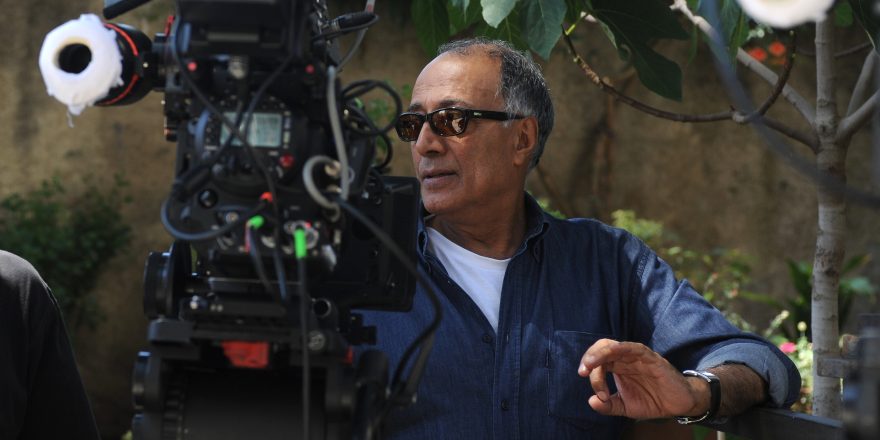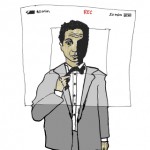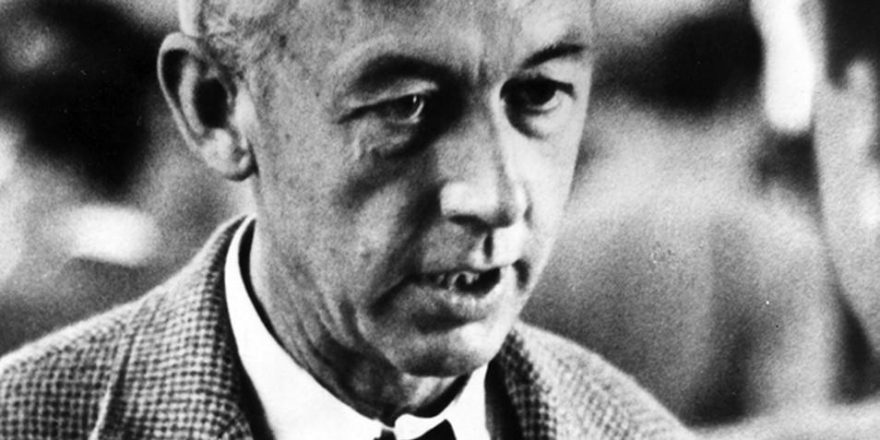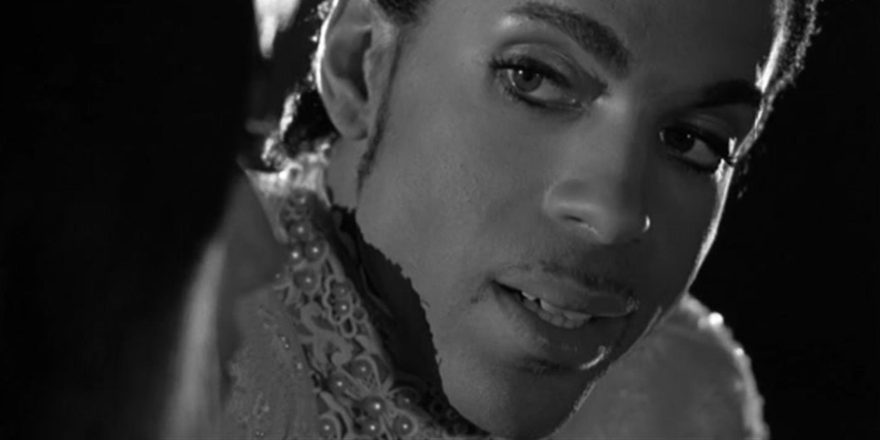I first met Abbas Kiarostami when he was invited to the San Francisco International Film Festival in 2000 to receive a Lifetime Achievement Award. I was dabbling in film journalism at the time to help pay the bills but also to have an excuse to meet filmmakers whose work I admired.
I had been blown away by Kiarostami’s Close-Up, a film I had discovered in the mid-’90s. It had resonated so deeply with me that I wondered whether there wasn’t an Iranian gene that we both shared that caused us to have such strikingly similar formal and metaphysical concerns – radical self-reflexivity, blurring the line between documentary and fiction, and circular narrative structures.
It was my fascination with Kiarostami’s work that turned me on to the work of other Iranian directors who used similar formal strategies – most notably Mohsen Makhmalbaf and Jafar Panahi, both of whom made films that were clearly and directly indebted to his. But I was making similar work before ever having encountered his (or theirs). How to explain that? I had been born in the States, spoke virtually no Farsi, had never been part of the Iranian-American community, and was frequently described by other Iranians as “the least Iranian” Iranian they had ever met.
And yet, here I am making films that always seemed to me sui generis but somehow bear a striking resemblance to the work of the three greatest Iranian directors of the ’90s. How to explain that?
I am convinced that there’s something in the Iranian gene pool that leads to this kind of filmmaking and to these particular philosophical preoccupations. Call it the legacy of Sufi mysticism, call it a proto-postmodern philosophical tradition rooted in One Thousand and One Nights, call it the collective unconscious. In any case, I was struck dead in my tracks and forced to pay attention.
So when I heard that Kiarostami was coming to San Francisco to accept the award, I immediately asked The Stranger if I could interview him for the paper, and they said yes.
My grant request had been rejected because one of the judges didn’t believe that a filmmaker as important as Kiarostami could possibly have agreed to correspond with a filmmaker such as myself.We had a wonderful and deeply inspiring conversation at the end of which I gave him VHS copies of the two features I had completed at that time – A Little Stiff and I Don’t Hate Las Vegas Anymore. His English wasn’t great but he told me he would watch them with an interpreter and I heard through friends of friends that he did in fact watch and like both films.
A few years later, I ran into Kiarostami again at the Karlovy Vary Film Festival and proposed a video correspondence. I had already started making video letters that I had been sending back and forth to filmmaker friends but I had never had a video correspondence with a filmmaker as distinguished as Kiarostami. To my great surprise and delight, he agreed, the one caveat being that we couldn’t send each other video letters through the mail – the Iranian authorities would seize, watch, and most likely confiscate anything that was sent through the mail. Rather, he proposed, we should find people traveling to our respective cities and have them hand-deliver the video letters.
This seemed like a tall order, but also an exciting one. We shook hands on it and I offered to make the first one. This is where the trouble started. I was so in awe of Kiarostami and so wanted to impress him that the video letters I began never seemed to me good enough to send and the ideas I had that did seem good enough were way too ambitious (and expensive) to complete.
So I decided to apply for a grant, figuring that a cross-cultural video correspondence between the world’s most renowned Iranian director and an Iranian-American filmmaker would be grant-worthy, especially given the political animosity between the United States and Iran.
Unfortunately, my grant application was rejected. When I received the comments from the anonymous judges, I was shocked (and upset) to learn that the reason my grant request had been rejected was because one of the judges didn’t believe that a filmmaker as important as Kiarostami could possibly have agreed to correspond with a filmmaker such as myself. But instead of contacting me to ask for proof of some kind – a letter of intent from Kiarostami, for instance – they simply rejected my grant application out of skepticism.
Demoralized and busy with other projects, I never got it together to complete and send Kiarostami a video letter and our joint project died a slow but natural death. Basically, my insecurity and perfectionism killed it.
A few years later, there was a Kiarostami exhibit at the Pompidou Centre in Paris and I learned that the exhibit included a video correspondence with the great Spanish director, Victor Erice (The Spirit of the Beehive). I was bummed, to say the least. Victor Erice was certainly a worthy correspondent but I couldn’t help kicking myself for letting such a once-in-a-lifetime opportunity slip away.
A few years later, I got to know both of Kiarostami’s sons. Bahman Kiarostami had seen a bootleg copy of I Don’t Hate Las Vegas Anymore in Iran and had become a fan. I admired his work as well so we became friends. Years later, when we were both commissioned to make films for the Sharjah Biennial and my film ended up getting banned, he offered to boycott the festival in protest. I talked him out of it but was deeply touched.
Ahmad Kiarostami lived and worked in San Francisco. I first met him at the after-party for the S.F. premiere of I Am a Sex Addict. We stayed in touch over the years and became friends as well. The last time I saw Ahmad, he told me mind-blowing behind-the-scenes stories about the making of Close-Up. That film is still one of my favorite movies of all time.





